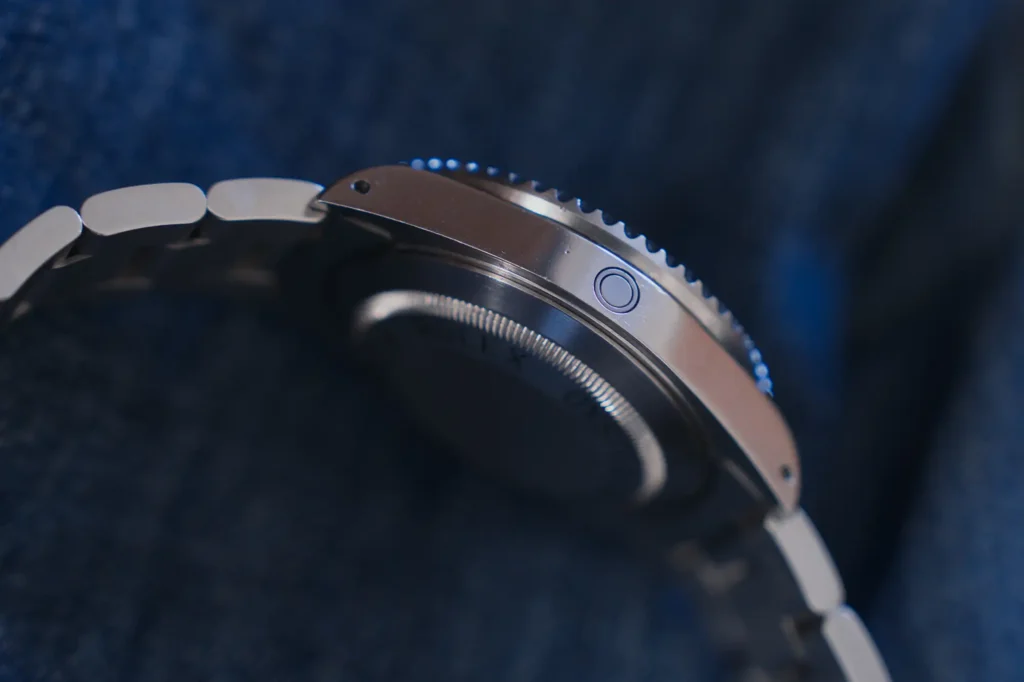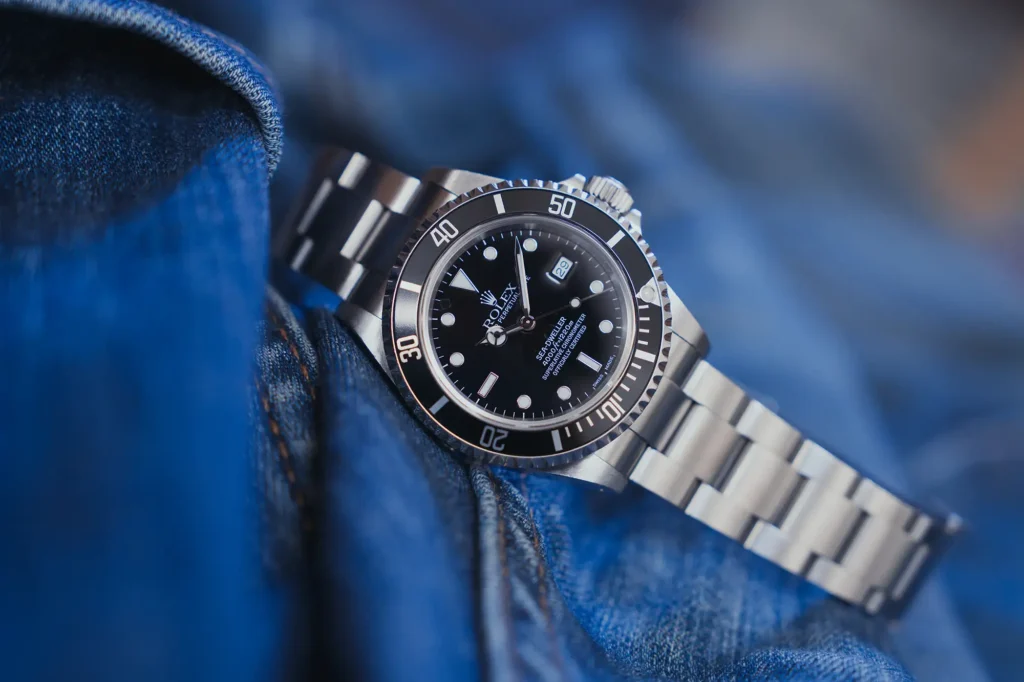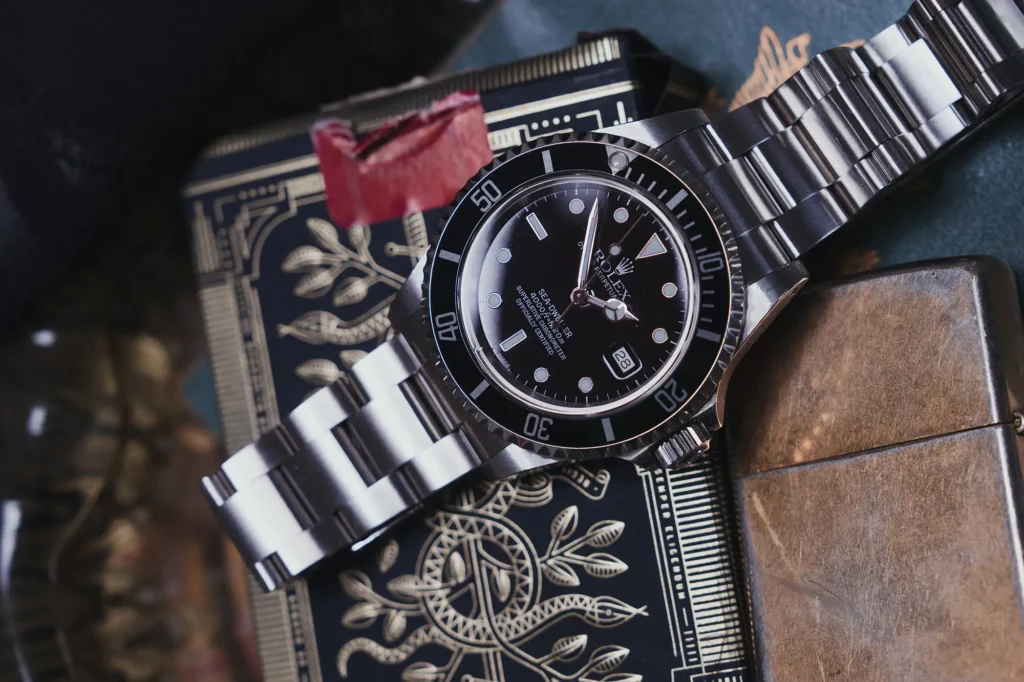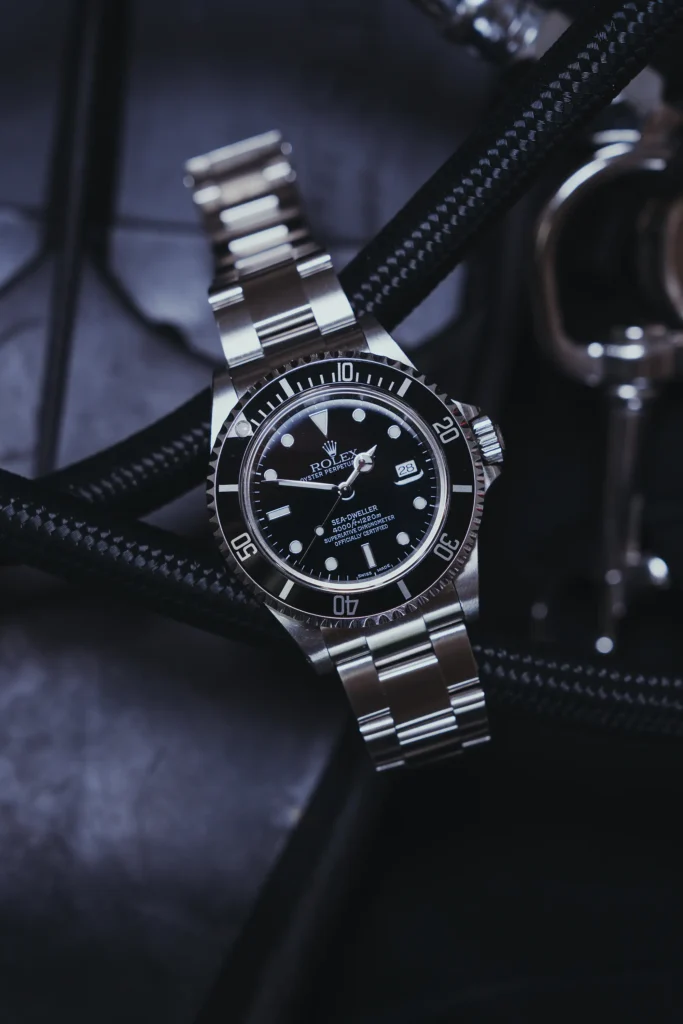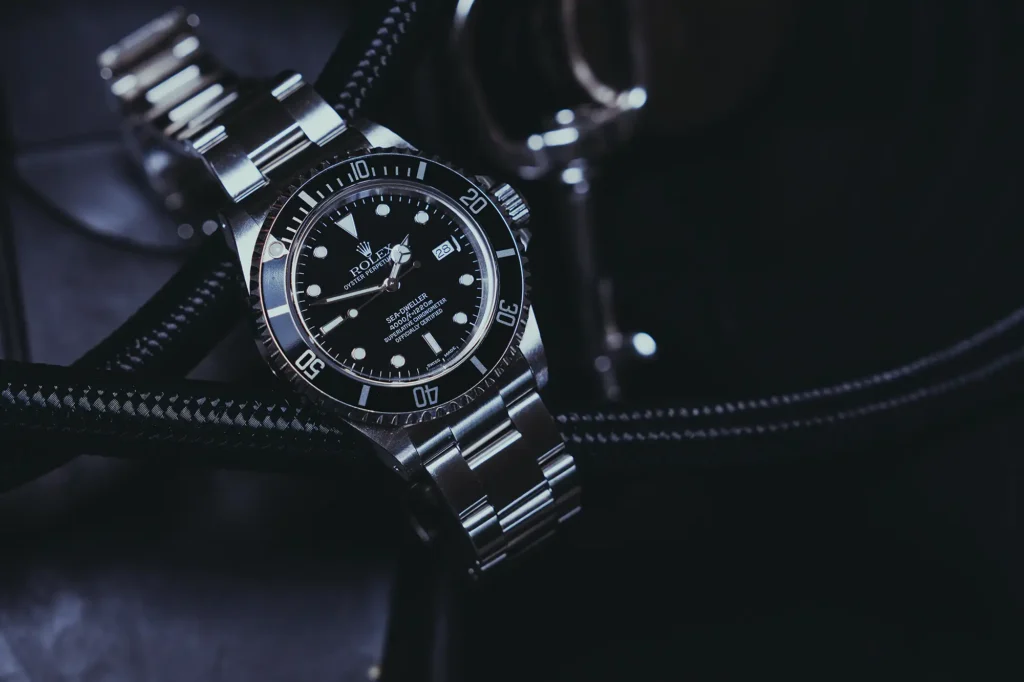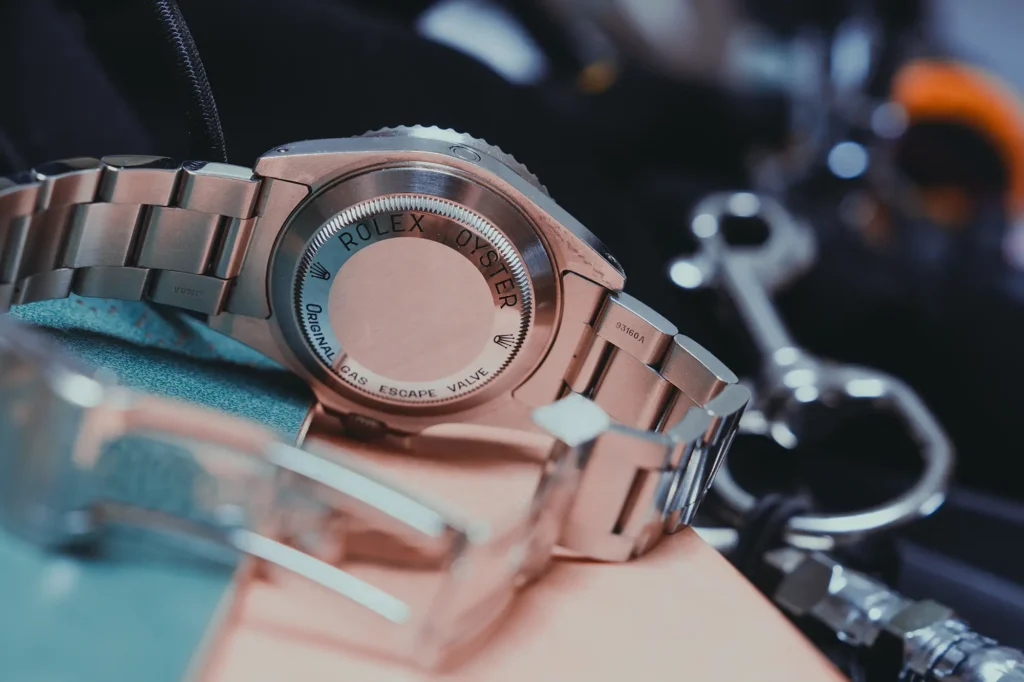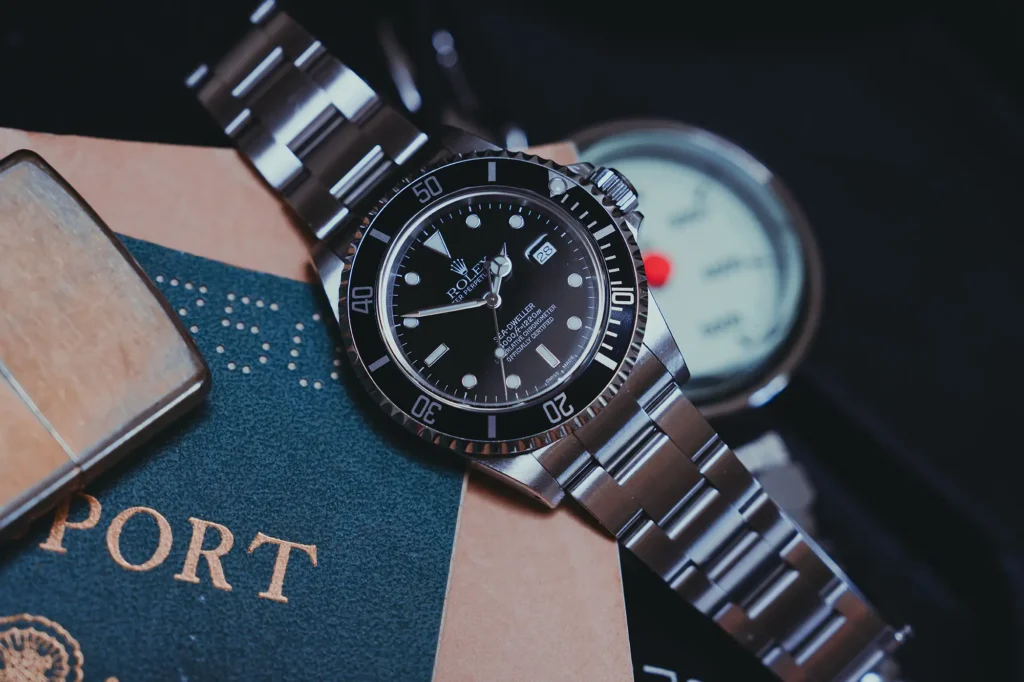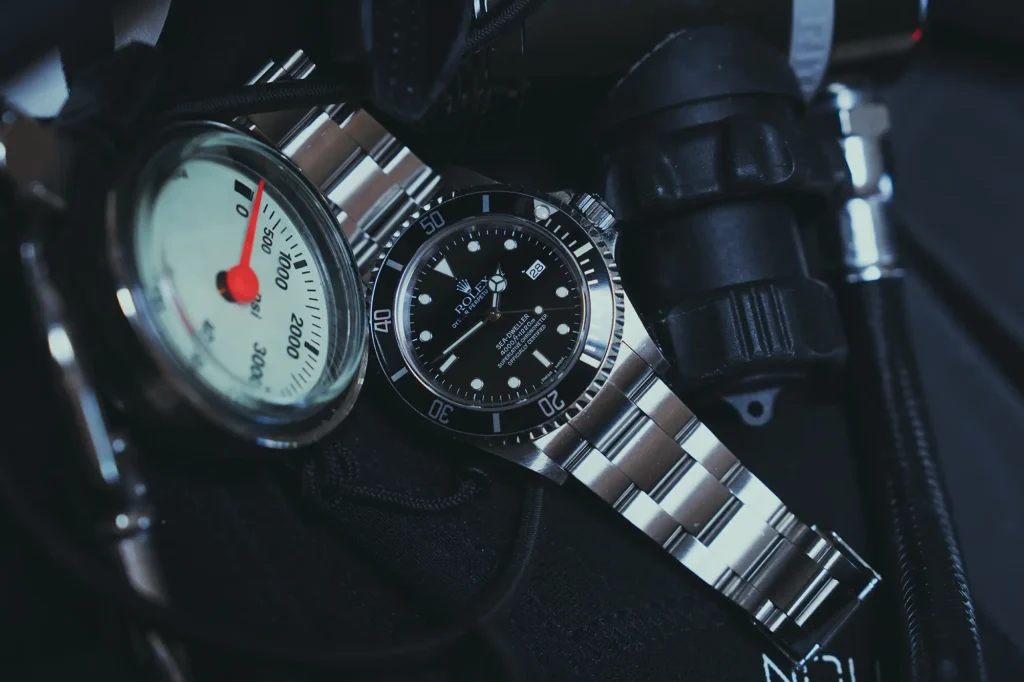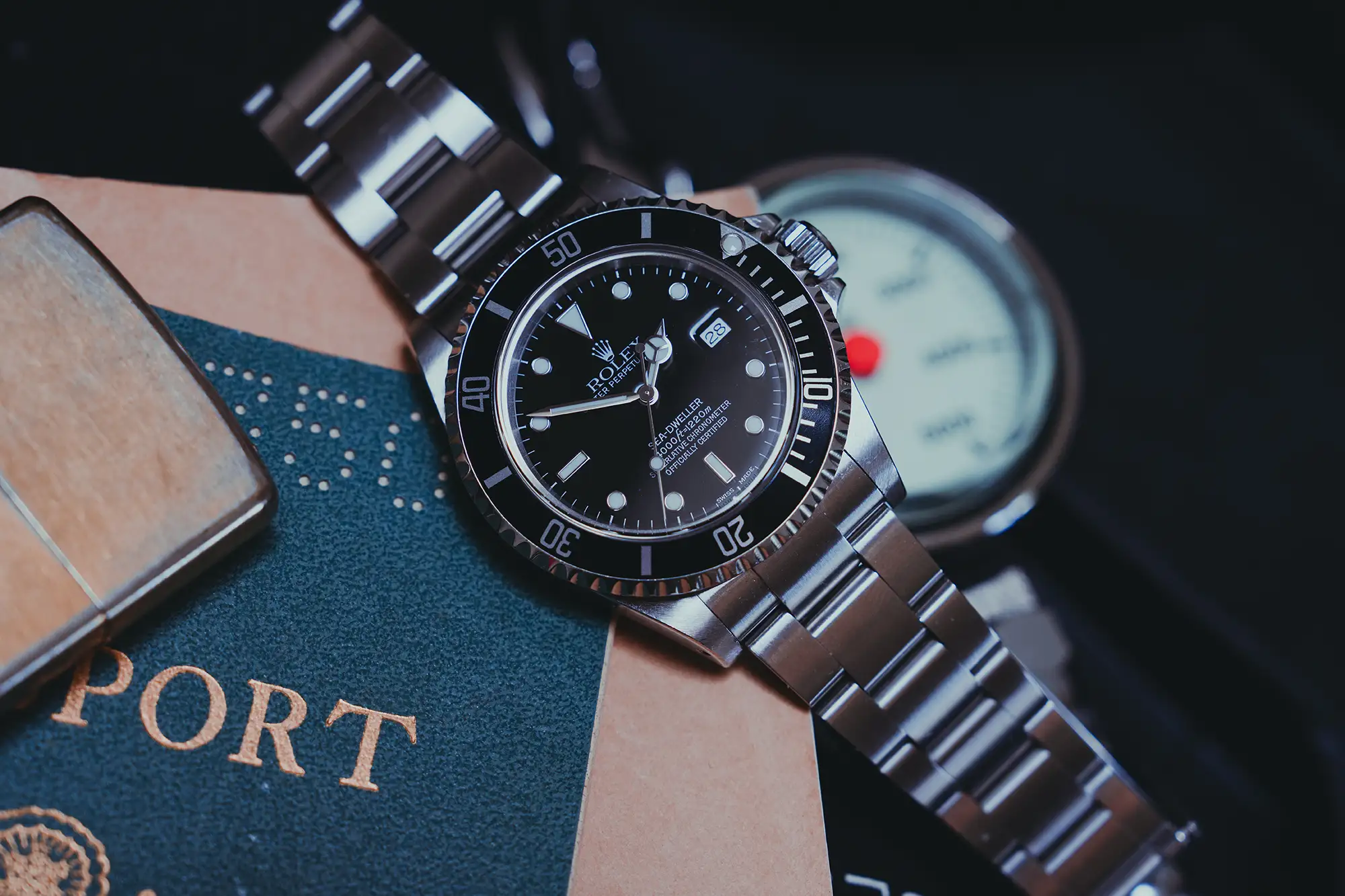The modern dive watch archetype is rooted in a template put forth in the mid ‘50s. The Submariner may not have been the first to the scene (though that is far from settled), but its appearance in 1954 set a foundation that persists to this day. The history of dive watches stretches back much further, but the Submariner has largely defined the genre as we know it today. But it’s not the most interesting dive watch made by Rolex, if you ask me. For that, I look to the Sea-Dweller, a watch that pushed the concept of the Submariner to its boundaries. The Sea-Dweller is intertwined with the advent of deep sea diving (and habitation), as well as the U.S. Navy’s efforts to better understand its effects on the human body through their SEALAB project.
The Sea-Dweller is mid century Rolex at their best, making niche watches for some edge case scenarios, and then setting them loose into the general market. The Explorer II initially released in 1971 (ref. 1655) was originally intended to be a tool watch for speleologists, for instance. The GMT-Master, Explorer, and Submariner collections were well established by the mid and late ‘60s, but watches like the Explorer II, Milgauss, and eventual Sea-Dweller pushed these concepts into new territory, quite literally.
The Sea-Dweller is the answer to issues discovered with the Submariner by aquanauts of SEALAB I, in particular Robert Barth. The dive watches could handle the depth just fine, but when subjected to a helium atmosphere environment of the underwater habitat, an unforeseen weak point became apparent. Helium is an inert gas mixed with oxygen (and sometimes nitrogen) used by divers as it has no narcotic effect, which can induce a drunk-like state at depth. Helium also happens to be the second lightest element in the universe, meaning it doesn’t dissolve in blood the same way that nitrogen does. This quality also means it has an easy time getting into tight spaces, such as the case of a watch.
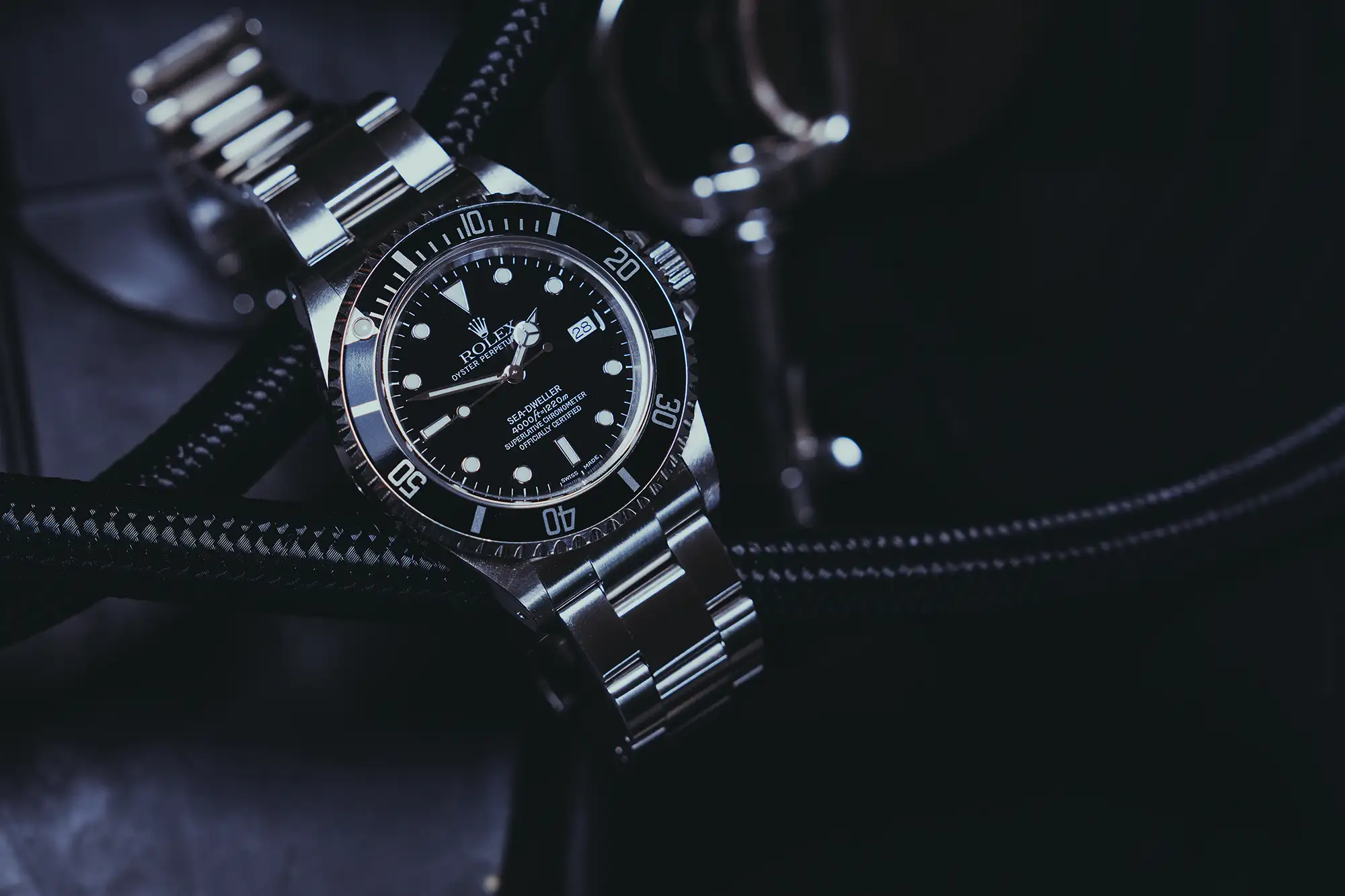
11 days into SEALAB I, the habitat had to make an emergency ascent due to approaching inclement weather. At a depth of 85 feet, the aquanauts transitioned to a submersible decompression chamber, where they would remain for an additional 25 hours. During this decompression time, the helium built up within a supplied reference 5512 Submariner over the course of the prior 11 days would expand, and with no point of egress, popped the crystal clean off the watch. This was not an isolated incident.
Bob Barth and fellow diver T. Walker Lloyd eventually formalized the reasons for these strange occurrences of watches losing their crystals, and this data would guide Rolex on future iterations of the dive watch that could withstand prolonged exposure to helium rich environments at depth, and the necessary decompression stages after. This resulted in the creation of the gas escape valve along the 9 o’clock side of the case, which consisted of a one way spring that would only open beyond a certain pressure, allowing expanding helium a safe manner to exit the case.
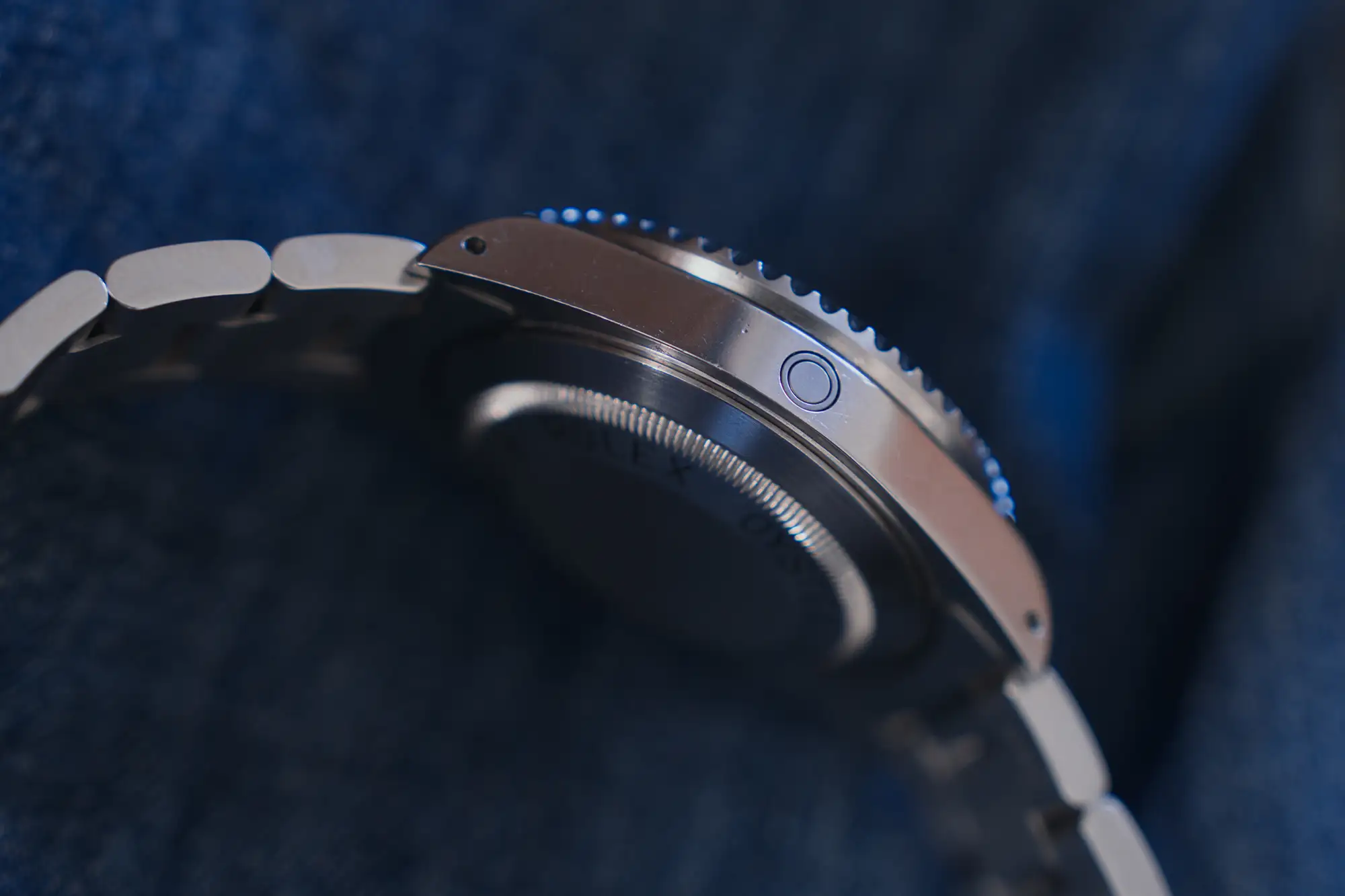
Knowing this, it feels a bit silly to see HEVs on so many modern dive watches, as its usefulness only extends to such a niche segment of the diving community, and has no real impact on depth ratings or dive functionality. Even the Rolex Deep Sea Special references that went to the deepest point of the ocean attached to the exterior of the Trieste in 1953 had no need for one. It is, however, a part of the testing for the ISO-6425 standard, which is likely why we see them continue to pop up on modern dive watches. These days, they lend more to the personality of a watch, and are, at best, a part of the story of dive watches, and make for a decent conversation starter. In the case of the Sea-Dweller, it’s been implemented in such an unobtrusive manner that it doesn’t negatively affect the wearability.
There are many more legends associated with the watch, and its exploits extend well beyond just the SEALAB program, all of which has served to build a certain type of lore around the Sea-Dweller today. It’s still very much a niche watch, living at the hairy edges of what is now considered basic tool watch territory. There is one generation of the watch that falls into approachable and usable territory, without being a bit too old and/or valuable to safely enjoy, and also without compromising on its raison d’etre – and that is the reference 16600.
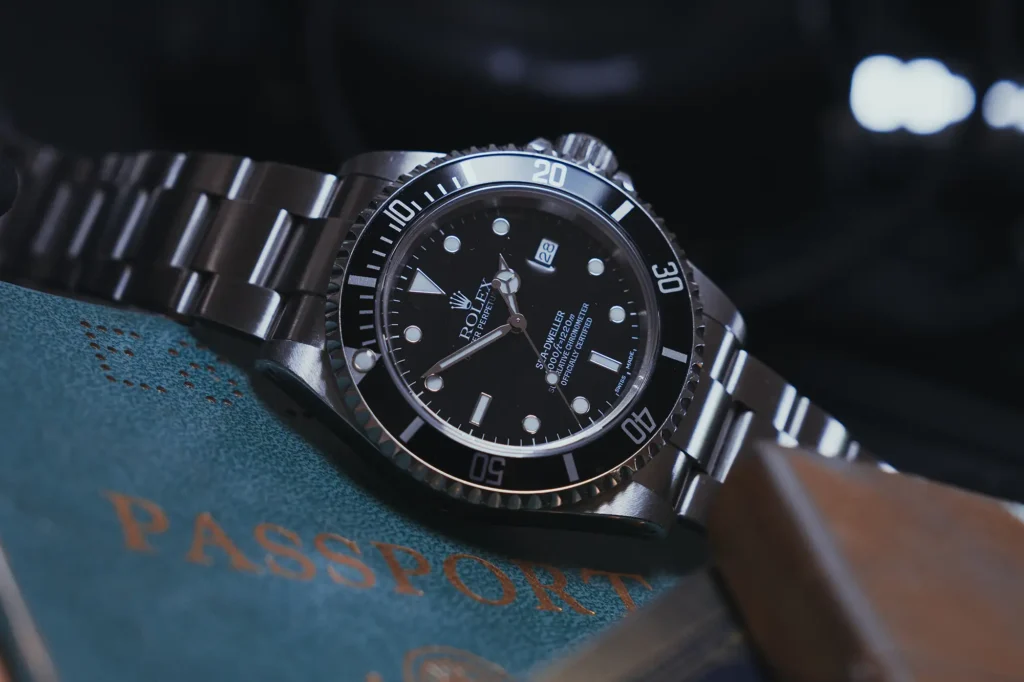
The Sea-Dweller reference 16600 was produced for 20 years between 1989 and 2009, and represents the last of them to receive a 40mm case with an aluminum bezel. Watches toward the later end of that production remain viable everyday tool watches by every measure today, and because of its amazing 5-digit dimensions, it maintains an immaculate presence on the wrist. This is the sweet spot for neo-vintage Rolex in my mind, and it’s the story with the Explorer II reference 16570. There’s a magic in these watches that’s been lost in translation with their modern counterparts.
Measuring 40mm in diameter, 46.1mm from lug to lug, and 14.4mm thick, the 16600 isn’t short of presence, but the manner in which it shapes that thickness into the caseback without compromising the height of the mid case makes it a non-issue in practice. It feels more substantial than a 14060 of the same generation, but it wears just as easily. Further, it feels like a more interesting watch than the Submariner, providing the date without the cyclops, and the gas escape valve hinting at something else going on under the skin.
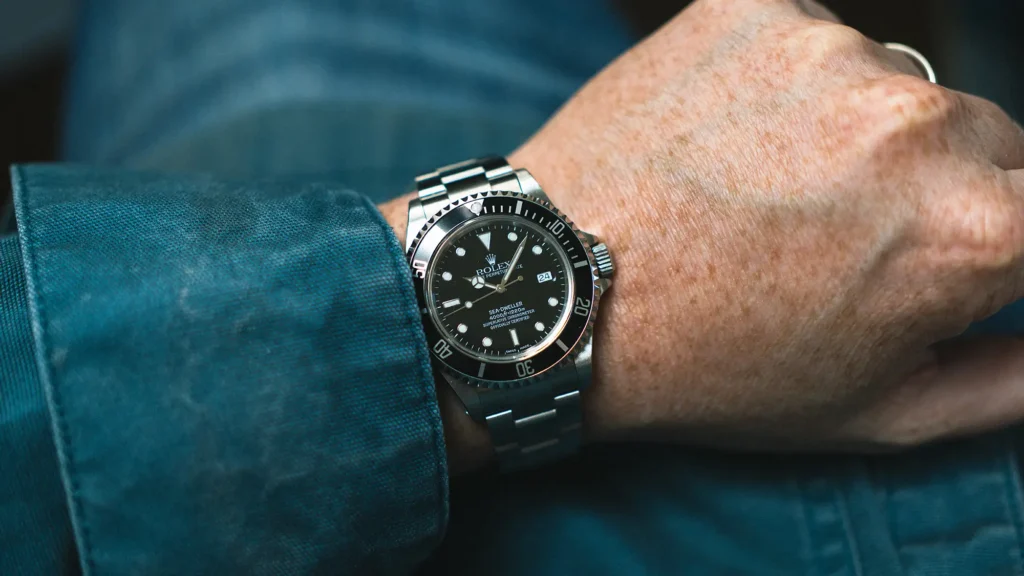
Finding an example from the mid ‘00s will get you a solid end link as well, giving the watch a much more confident feel on the wrist. The rest of the bracelet has that loose personality, but it feels altogether more stable and modern than early ‘90s examples. However, earlier references will get tritium dials, meaning they will age in more interesting ways, so it’s a trade off depending on what you’re looking for here.
The more modern examples strike a nice balance between everyday usability and extreme functionality. These watches enjoy a 4,000ft / 1,200m depth rating, the same as the Omega PloProf, while still managing a relatively under the radar appearance. In fact, I’d wager that most folks would mistake this watch for a Submariner 9 times out of 10 – which also works in this watch’s favor. It’s an easily dismissed watch, meaning it won’t call much attention to itself, but under the skin it’s something exceptionally interesting.
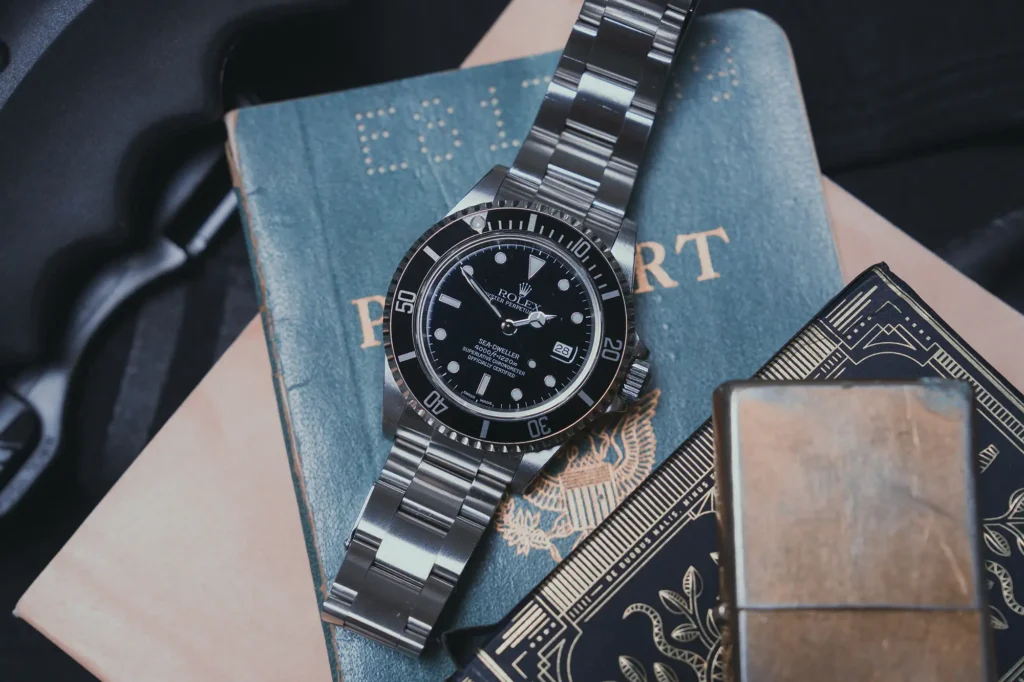
The 16600 is everything I love about Rolex tool watches. Its design is purpose driven, and it makes no noise about its status or fit and finish. It’s straightforward in nature and gets on with it in a most comfortable manner. The watch is like a perfectly worn-in pair of jeans and your favorite t-shirt – unassuming, low key, and functional. Precisely the qualities that I’d like to see return to modern Rolex references.
The Rolex Sea-Dweller ref 16600 can be found these days anywhere between $8k and $11k depending on condition and kit. Production of these watches has never been as vast as the Submariner, so there are fewer of them out there, but they are worth the hunt if you’re looking for a great everyday diver from Rolex that isn’t a Submariner. This is the most approachable reference of the Sea-Dweller, and it just might be the best dive watch Rolex has ever produced.

